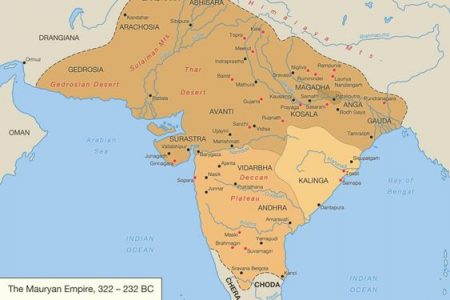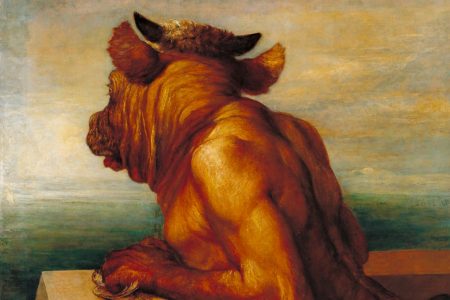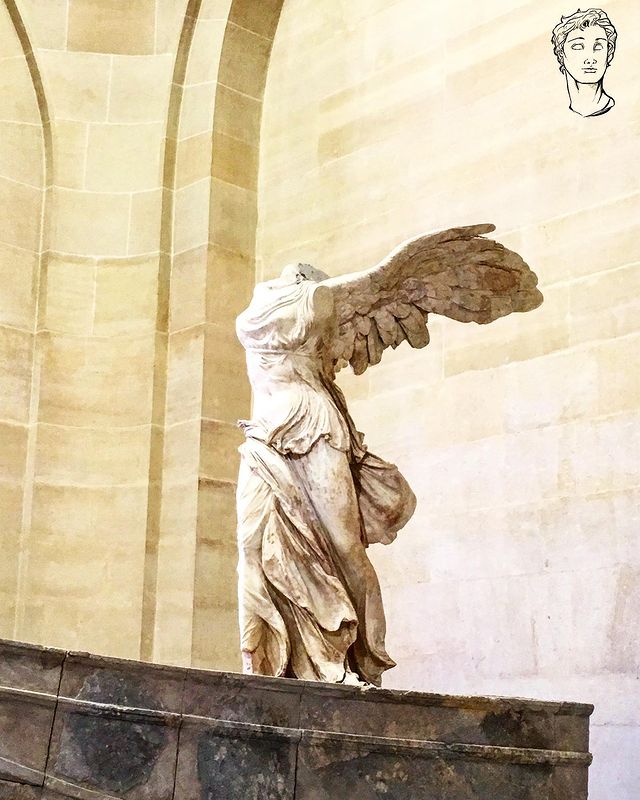During a critical moment in the conquests of Alexander the Great, he issued a surprising order: Alexander announced to his men that there would be a grand wedding between the highest-ranking officers of the Macedonian army and the captured Persian noble women at the capital city of Susa, in 324 BCE. His successors and their …










